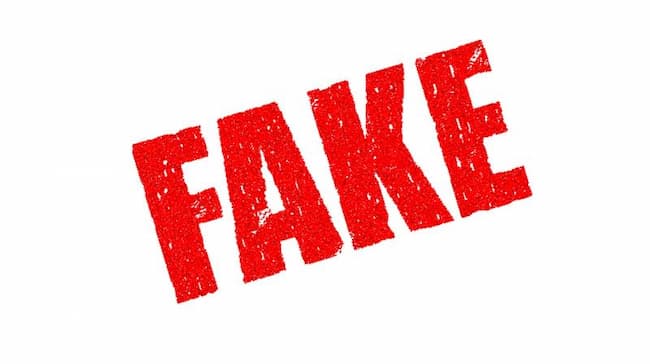Fake ads are not uncommon in fact, they are everywhere. We can identify them if we take a closer look at the ads we see.
Each time we open social media, we are exposed to adverts. From the annoying ads on YouTube to the target ads on Instagram and Facebook.
From the fake ads that we have seen online, can we really say that ‘social media is the platform for fake ads’?
Yes, some the ads are fake and misleading, however there are genuine adverts.
Social media giants such as Meta (the parent company for Facebook, Instagram and WhatsApp) and YouTube have publicly condemned fake or misleading posts. But the question remains are they doing enough? Why are the users not listening?
According to Business Standard, Google in 2019 blocked and removed 2.7 billion bad advertisements, which is more than 5,000 fake ads per minute.
Personalized ads
Google stated that they are working hard to make sure that ads are safe, unobtrusive, and as relevant as possible. Although fake ads have not been eliminated because they are still very much active.
If you would like to opt out of personalized ads on your mobile phone, use the instructions below:
Android
Find Google Settings in one of these places (depending on your device):
A separate app called Google Settings
In your main Settings app, scroll down and tap Google
Tap Ads
Switch on Opt out of interest-based ads
iOS
Devices with iOS use Apple’s Advertising Identifier. To learn more about your choices for use of this identifier, visit the Settings app on your device.
YouTube ads
For this conversation we will focus on the ads that pop up every time you are watching a clip on YouTube. Except you subscribe.
Despite Google’s policies to curb false and misleading ads, users are still able to disobey the rules.
Several fake and misleading adverts have been reported. How can we be safe from fake ads?
One of the recent ads that have been found to be fake is an ad seeking financial assistance for a little girl that claims she has cancer.

Nigerians recently found out that the YouTube ad is fake although some people had donated money to the sketchy organization hoping to help out the sick girl.
The 9-year-old girl in the video above, Alexandra is portrayed as a desolate cancer patient who has already suffered severe hair loss and is struggling for her life.
Several persons have labelled this ad to be fake and the few who donated are lamenting.
YouTube can curb fake ads by scrutinizing all ads, checking them thoroughly before approving them (the ads).














